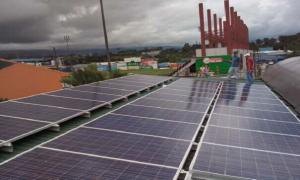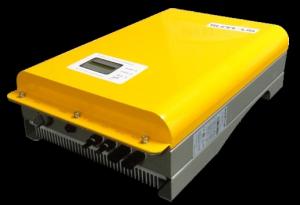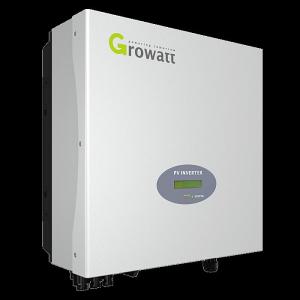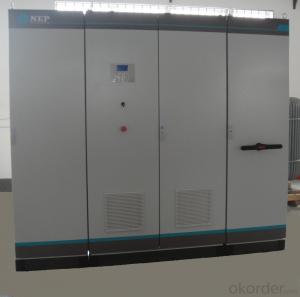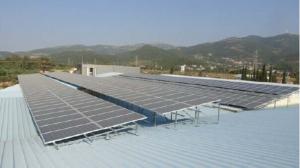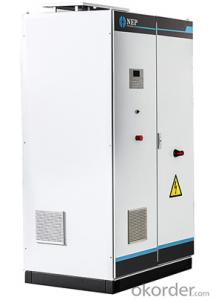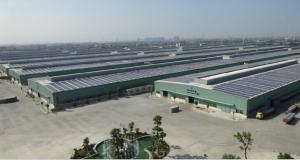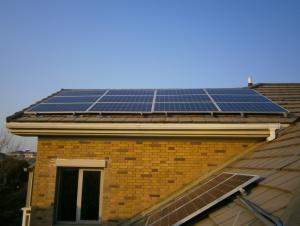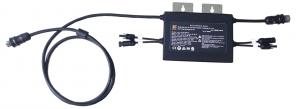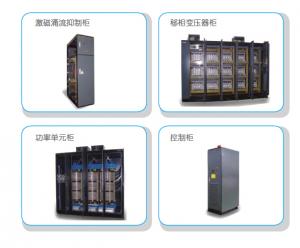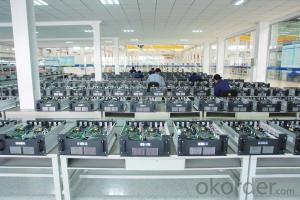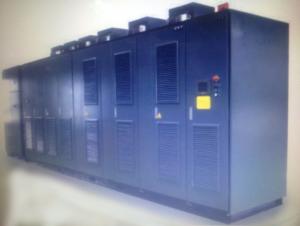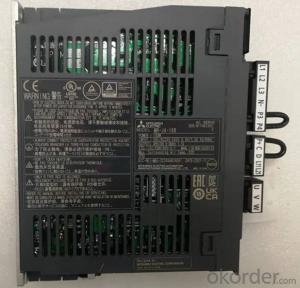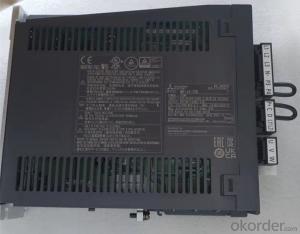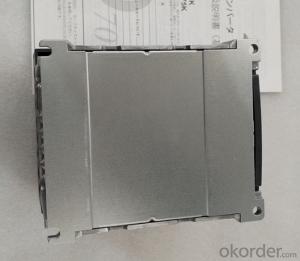Best Solar Grid Tie Inverter
Best Solar Grid Tie Inverter Related Searches
Best Grid Tie Solar Inverter Solar Grid Tie Inverter Solar System Grid Tie Inverter Solar Hybrid Grid Tie Inverter Grid Tie Solar Inverter Sun Grid Tie Inverter Grid Tie Inverter Solar Solar Grid Tie Inverter Kit Solar Grid Tie Inverter Price Hybrid Grid Tie Solar Inverter Best Solar Inverter On Grid Grid Tie Hybrid Solar Inverter Solar Inverter Grid Tie Solar Grid Tie Micro Inverter Best Solar On Grid Inverter Grid Tie Inverter Solar Kit 1kw Solar Grid Tie Inverter Grid Tie Solar Inverter Price Best On Grid Solar Inverter 10kw Solar Grid Tie Inverter Grid Tie Inverter Solar Panel 1000w Solar Grid Tie Inverter 5kw Solar Grid Tie Inverter Grid-Tie Solar Inverter Best Off Grid Solar Inverter 3kw Solar Grid Tie Inverter Nep Solar Grid Tie Inverter Best Solar Inverter Best Solar Power Inverter The Best Solar InverterBest Solar Grid Tie Inverter Supplier & Manufacturer from China
Best Solar Grid Tie Inverters are advanced devices that play a crucial role in converting solar energy into usable electricity for homes and businesses. These inverters are designed to work seamlessly with solar panels, ensuring efficient energy production and distribution. They are equipped with advanced features such as maximum power point tracking (MPPT) and islanding protection, which enhance their performance and reliability.The application of Best Solar Grid Tie Inverters spans across various scenarios, including residential rooftops, commercial buildings, and large-scale solar farms. They are particularly useful in areas with access to sunlight, where they can harness the power of the sun to generate clean, renewable energy. By connecting these inverters to the grid, users can either supply their own power needs or feed excess energy back into the grid, potentially earning credits or reducing their electricity bills.
Okorder.com is a leading wholesale supplier of Best Solar Grid Tie Inverters, boasting a vast inventory that caters to the diverse needs of customers worldwide. With a commitment to quality and customer satisfaction, Okorder.com ensures that each inverter is rigorously tested and meets the highest industry standards. By partnering with Okorder.com, customers can expect to receive top-tier products at competitive prices, along with exceptional service and support.
Hot Products













